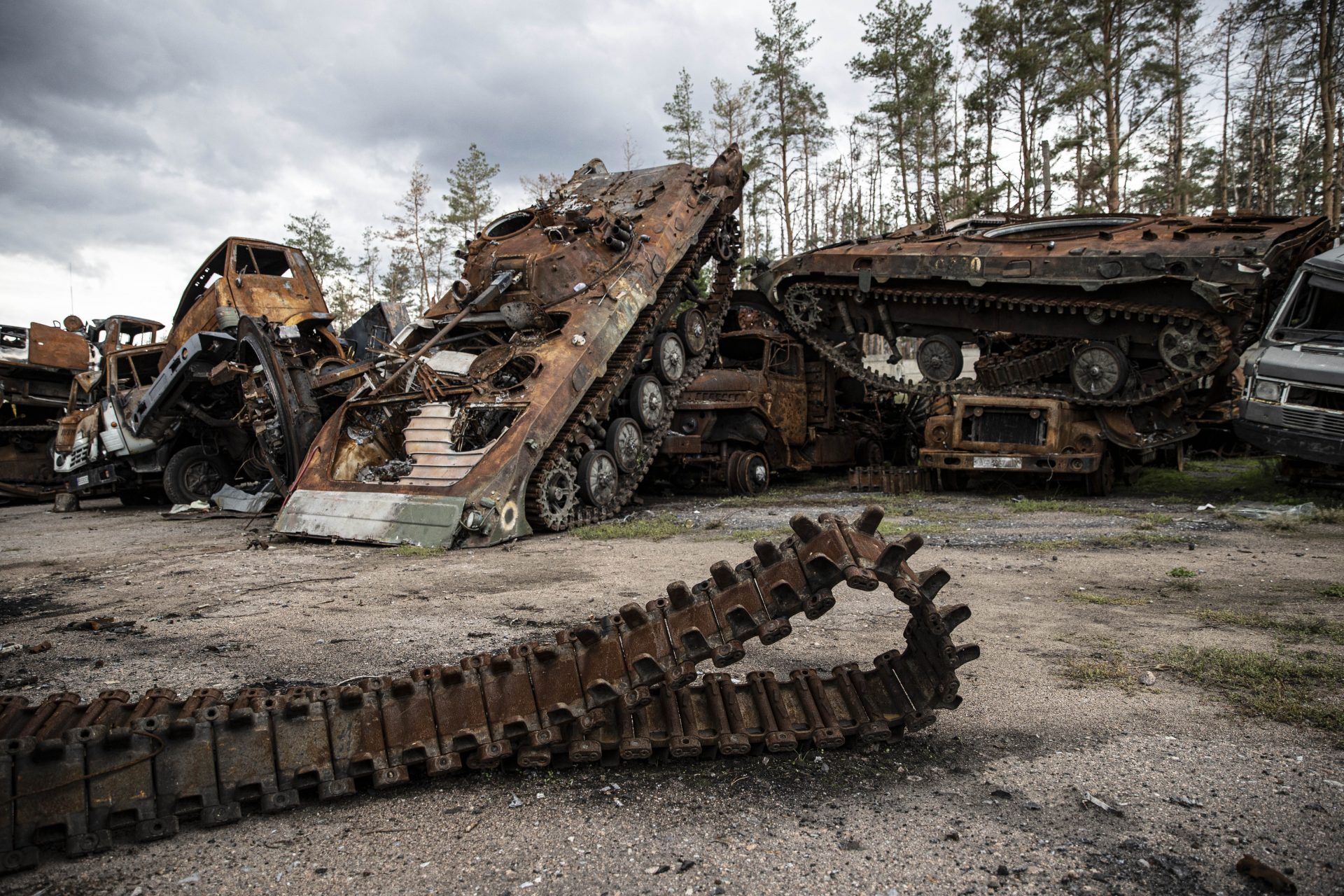Scientists discover a dangerous chemical hiding on the ocean floor
Southern California’s coast could be in serious trouble after dangerous amounts of toxic chemicals from discarded industrial waste were found to be seeping into ocean water according to a new study.
For years the coastal area of California had been used by industrial companies in the state as a place to dump their chemical waste, including one company that ditched tens of thousands of barrels containing a dangerous insecticide known as DDT.
In 2020, The Los Angeles Times revealed the discovery of the barrels by University of California Santa Barbara scientists who found the dangerous chemical by chance while studying methane leaks in the area around Santa Catalina Island.
“Holy crap. This is real,” David Valentine, the scientist who discovered the barrels, explained to Rosana Xia of The Los Angeles Times. “This stuff really is down there. It has been sitting here this whole time, right off our shore.”
Screenshot from YouTube @Valentine Lab, UCSB
According to Xia, it was thought at the time that there could have been as many as half a million barrels of unaccounted-for toxic chemicals hidden off California’s coast based on The Los Angeles Times' review of historical records and undigitized research.
Screenshot from YouTube @Valentine Lab, UCSB
A two-week survey of the area by the Scripps Institution of Oceanography eventually revealed the presence of 25,000 barrels of DTT according to The Guardian, as well as 100,000 more “human-made items across the entire survey area."
Two years on from the discovery, however, Valentine says the problem has become infinitely more challenging since the insecticide inside the dumped barrels hasn’t actually broken down and has leaked into the waters off of Santa Catalina Island.
Screenshot from YouTube @Valentine Lab, UCSB
“We still see original DDT on the seafloor from 50, 60, 70 years ago, which tells us that it’s not breaking down the way that [we] once thought it should,” Valentine explained in a new Los Angeles Times report.
Screenshot from YouTube @Valentine Lab, UCSB
“And what we’re seeing now is that there is DDT that has ended up all over the place, not just within this tight little circle on a map that we referred to as dumpsite two,” Valentine added.
The biggest worry for scientists and political leaders now is determining whether or not the chemicals seeping into the ocean floor are moving, and if so are they moving in a way that would be dangerous for California’s wildlife and human population?
“Is the contamination moving? And is it moving in a way that threatens the marine environment or human health?” said John Lyons, the acting Deputy Director of the Environmental Protection Agency’s Region 9 Superfund Division.
David Valentine and his team have been working hard to answer Lyons’ questions, collecting and studying mud samples off California’s coast to better understand the scope of the problem that now faces the residents of The Golden State.
Screenshot from YouTube @Valentine Lab, UCSB
Valentine has been mapping the ocean floor and collecting samples and believes the chemical has the potential to make its way into our ecosystem even though it's only about 6 centimeters deep into the mud on the seafloor.
“Trawls, cable lays could reintroduce this stuff back up to the surface,” Valentine explained. “And animals feeding—if a whale goes down and burrows on the seafloor, that could kick stuff up.”
“The goal is to collect as much mud as possible so that we don’t have to come back out every time we have a question,” Valentine added.
Screenshot from YouTube @Valentine Lab, UCSB
Valentine told The Los Angeles Times he was creating a data set from which scientists and officials would be able to trace the history and ultimate fate of the chemicals leaking out of the barrels at the bottom of California’s sea floor.
Screenshot from YouTube @Valentine Lab, UCSB
DDT is one of the most dangerous chemical compounds humans have ever created. Originally intended as an insecticide meant to kill mosquitoes, the chemical was banned by most countries after its effects on human health came to light.
Exposure can affect the liver and lead to vomiting, tremors, and seizures in humans according to the Center For Disease Control and Prevention. DDT can also be passed along to babies via breast milk and stay hidden in the body for a lifetime.
“DDT, which was widely used in the US as an agricultural pesticide and sprayed in large quantities at beaches to kill mosquitoes, has been linked to cancer and disease in humans and the mass die-off of animals,” wrote The Guardian’s Dani Anguiano.
More for you
Top Stories
































